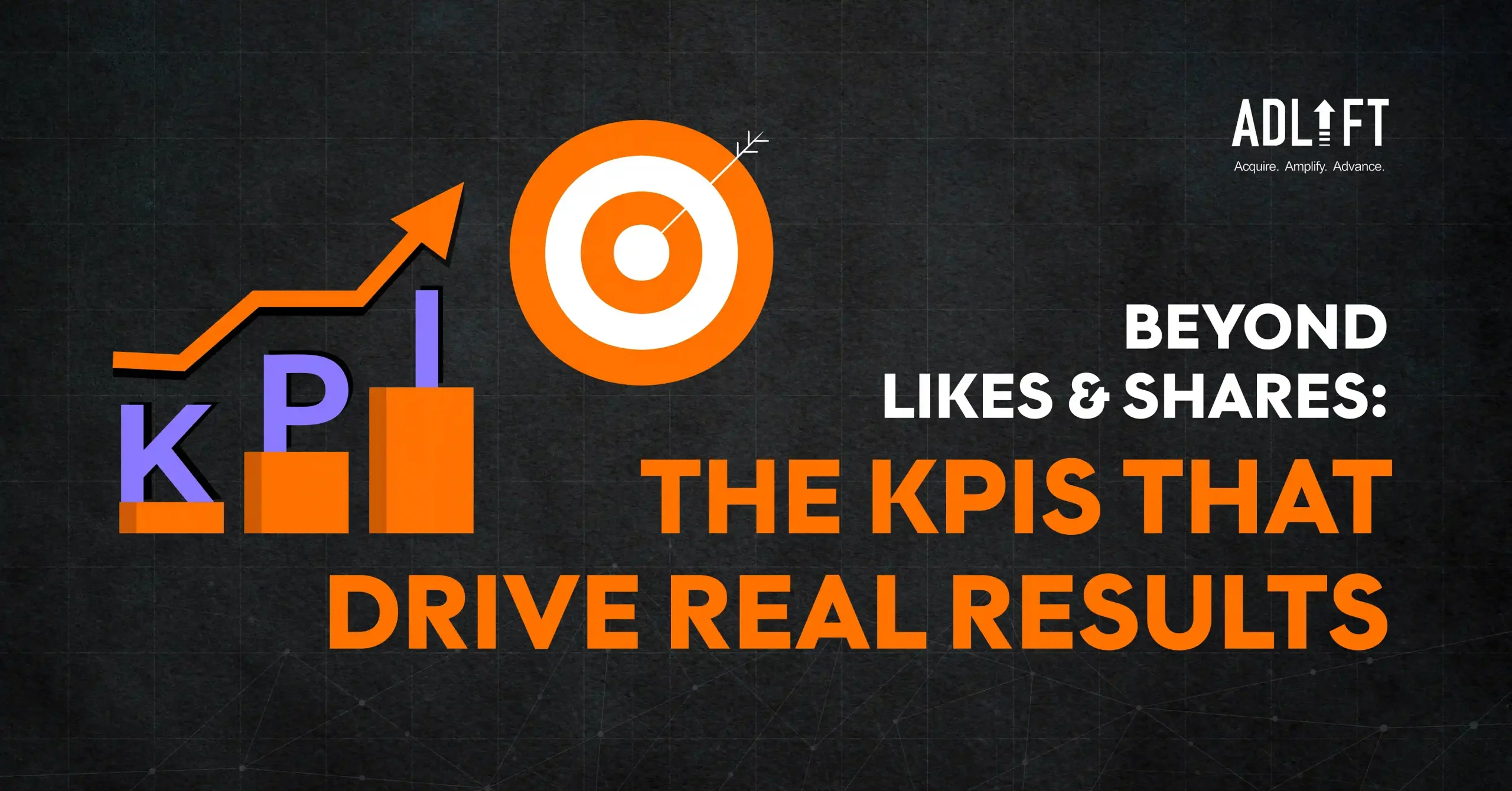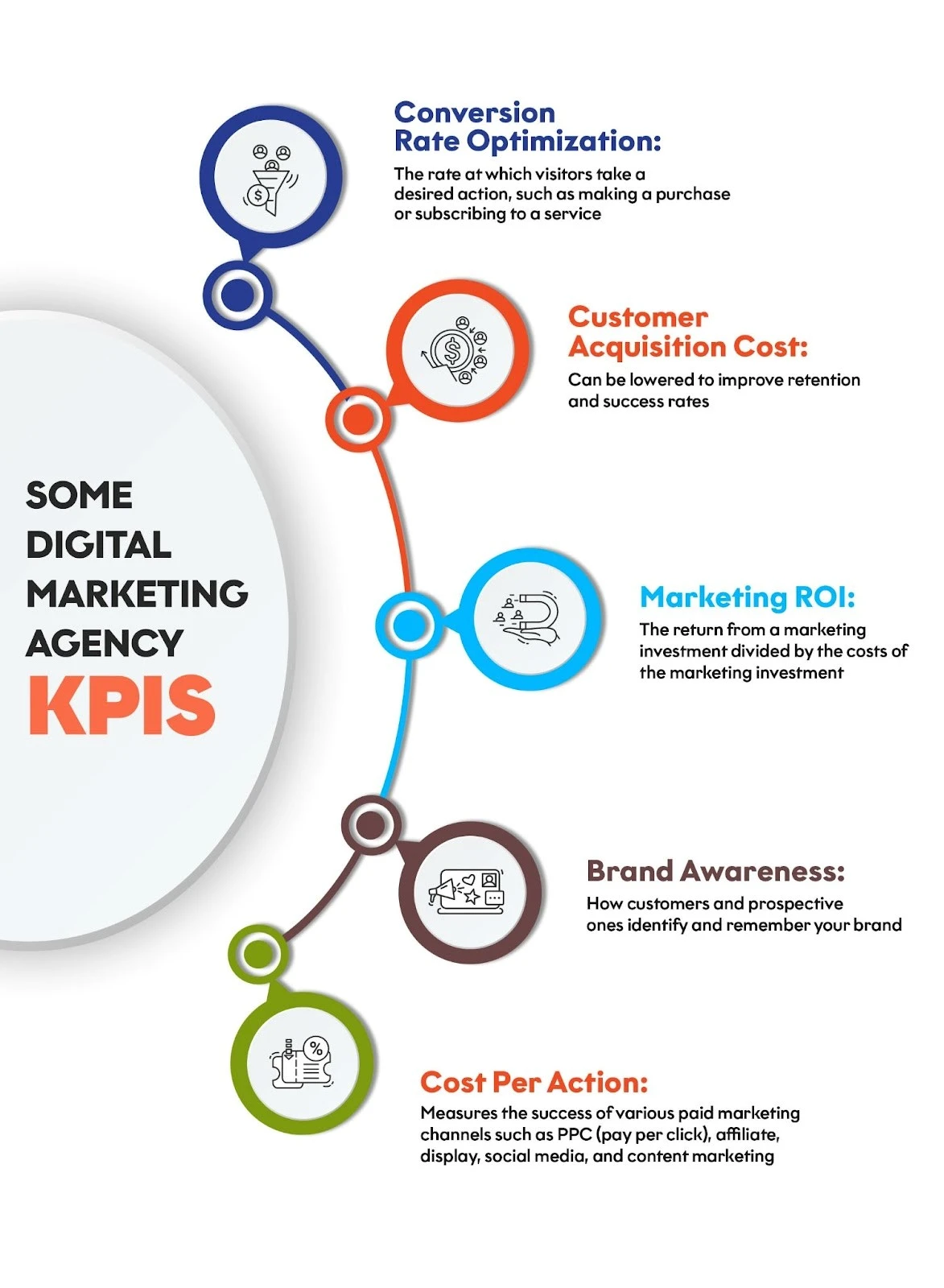Understanding KPI Meaning: Your Guide to Measuring Marketing Success

The world of digital marketing is filled with jargon. For the uninitiated, this can be quite intimidating. How is CPR different from CPC? And then what are CAC, BR and CMS? It’s all quite confusing, isn’t it? Through this blog, we are going to tackle one such acronym – KPI. What is KPI, you ask? KPI stands for Key Performance Indicators. Let’s examine this term in detail. Through this article, you will learn:
- What does KPI mean?
- How can KPIs in Business Set Goals and Measure Progress?
- Best Practices for Implementing KPIs
- What is KPI in business
- Metrics vs KPI Meaning in Marketing
- What are the 5 Key performance indicators in sales
- Role of AI and Automation in KPI Tracking
What does KPI mean?
KPIs mean Key Performance Indicators. They can be found across all industries and sectors and are used to measure targets that indicate how well a business or individual is performing in terms of meeting their goals. They are used to evaluate achievements, analyze issues, and solve problems. Five of the most used KPIs are:
- Revenue growth
- Revenue per client
- Profit margin
- Client retention rate
- Customer satisfaction
How can KPIs in Business Set Goals and Measure Progress?
KPIs are measurable objectives that consider a business’s strategic goals and measure performance against a specific target. A good KPI provides objective and clear information on progress toward an end goal. KPIs track and measure factors such as efficiency, quality, timeliness, and performance.
Here are some KPI examples for an SEO analyst in the digital marketing space:
Best Practices for Implementing KPIs
To implement KPIs successfully, businesses should ensure they are clearly defined, aligned with company goals, and measurable. Establish SMART (Specific, Measurable, Achievable, Relevant, Time-bound) criteria for KPIs. Involve key stakeholders in setting realistic benchmarks and ensure KPIs are tracked regularly. Use dashboards and reporting tools for real-time monitoring.
It’s crucial to review KPIs periodically and adjust them based on changing business conditions. Lastly, communicate KPI results across the organization to foster alignment and transparency.
What is KPI in Business?
According to Forbes, a Key Performance Indicator (KPI) is a measurable target that indicates how individuals or businesses are performing in terms of meeting their goals. Reviewing and evaluating KPIs helps organizations determine whether or not they are on track for hitting their desired objectives. When you have KPIs in business, you can:
- Identify and eliminate issues
KPI targets help businesses identify and eliminate issues that are hindering their performance.
- Increase employee performance
KPI targets help increase individual employee performance and interdepartmental collaboration.
- Identify patterns and trends
KPI targets help businesses identify patterns and trends that can lead to targeted strategies for growth and development.
- Create a culture of continual growth
KPI targets help businesses create a culture of continual growth and evolution.
- Define what success looks like
KPIs help define what success looks like for your business and provide a clear path to achieve it.
- Stay on track
KPIs help you stay on track and avoid getting distracted by less important tasks or initiatives that don’t contribute to your growth objectives.
Metrics vs KPI Meaning in Marketing
Key Performance Indicators (KPIs) are measurable values that reflect the success of an organization in achieving its key business objectives. They help track long-term performance. Metrics, on the other hand, are data points or specific measurements that track individual processes. While KPIs focus on strategic goals, metrics track tactical details. KPIs are often derived from metrics, but metrics can exist without being KPIs. Essentially, KPIs are the critical indicators of business performance, while metrics provide the granular data that supports KPIs.
For a digital marketing agency, KPIs can include the following:
KPIs can be based on finances, customer service, marketing, sales, manufacturing, human resources, supply chain and more. For instance, a technology company might measure growth by comparing each year’s earnings, while a retailer might look at same-store sales.
What are the 5 Key Performance Indicators in Sales?
Now that we’ve got a good understanding of KPI meaning in business and why KPIs are important for a business, it is time to delve a little into understanding what the five KPIs in sales are. But before we do that, it is important to note that when it comes to KPIs, there is no one-size-fits-all approach. Hundreds of KPIs can be tailored to your business goals. Don’t press the panic button yet (or rather, don’t press it at all), we’ve done the heavy lifting and narrowed down the Top Five Sales KPIS for you to measure your business success. Here we go:
- Sales Cycle Length: Measure the time it takes for a lead to convert into a sale. A shorter cycle indicates efficient sales processes and better customer engagement. For instance, if it typically takes 30 days from initial contact to closing a sale, a decrease to 25 days signifies that you have a streamlined process and improved efficiency.
- Sales Conversion Rate: You can evaluate the percentage of leads that turn into paying customers. A higher conversion rate tells you that your sales strategies and lead nurturing efforts are effective. If out of 100 leads, 20 become paying customers, the conversion rate is 20%. Improving this rate through targeted marketing or sales techniques will enhance your overall performance.
- Customer Retention Rate: You need to assess the percentage of customers retained over a specific period. Higher retention rates indicate that your customers are happy, satisfied and loyal. This eventually will lead to sustained business success! Retaining 80 out of 100 customers over a year indicates you have an 80% retention rate. Tip: You can implement loyalty programs or up your game on customer service to bolster retention.
- Customer Lifetime Value: Customer Lifetime Value or CLV determines the total revenue generated from a customer over their entire relationship with the business. Maximizing your CLV ensures that your business is profitable and also helps prioritize customer acquisition and retention efforts. If a customer spends $500 per year for five years, their CLV is $2500. Increasing CLV includes upselling, cross-selling, and making sure that you are giving exceptional service to make sure your customers come back for more!
- Revenue Growth: This is one of the most important KPIs for you to track – your revenue growth! Track the percentage increase in total revenue over a specific period. If your revenue growth is consistent, this means that your business is expanding, you have market penetration, and all your sales efforts are paying off!
Role of AI and Automation in KPI Tracking
AI and automation play a crucial role in KPI tracking by streamlining data collection and analysis. AI can process large volumes of data faster than manual methods, providing real-time insights. Automated systems can track KPIs continuously, allowing businesses to monitor performance without manual intervention.
AI-powered analytics tools can also identify trends, anomalies, and correlations in the data that humans might miss, enabling quicker decision-making. Automation also reduces human error, ensuring that the data used for KPI evaluation is accurate and up to date. This empowers businesses to make data-driven decisions at scale.
Aligning Your Business Strategy with KPIs
So, if there’s one key takeaway from this blog, it’s that we’ve moved past the days of measuring success by likes and shares. Instead, we’ve delved into the world of KPIs that truly matter. These indicators allow businesses to define goals, track progress, and pinpoint areas for improvement in every facet of the operation, especially in digital marketing.
In short, it’s time to stop chasing likes and shares and start focusing on the KPIs that drive real, impactful results. Doing so will set your business on a path to growth and success.


